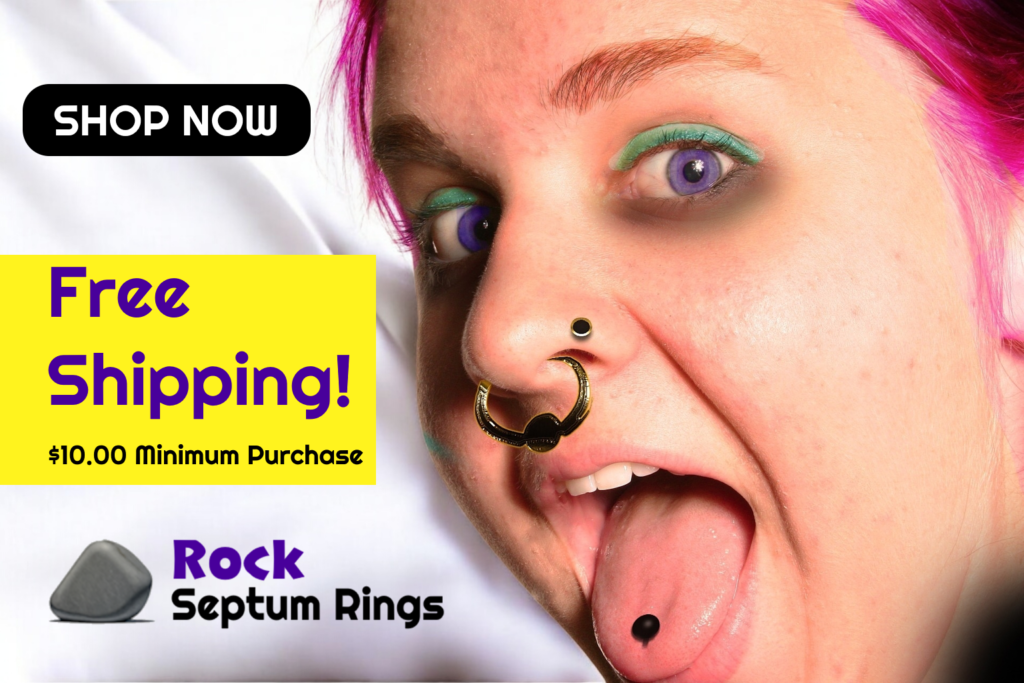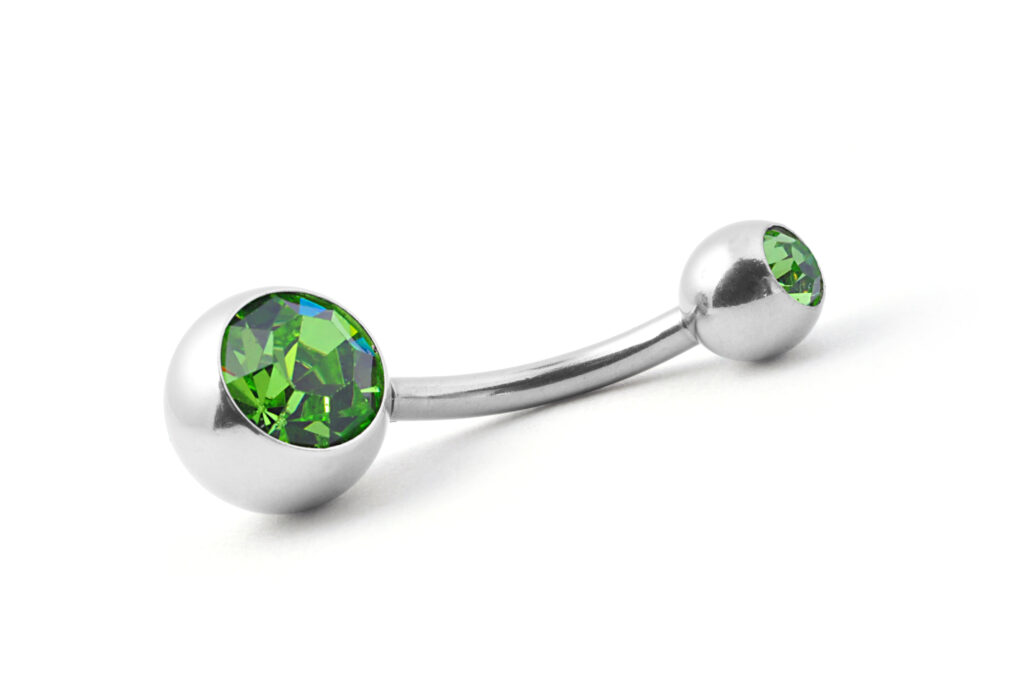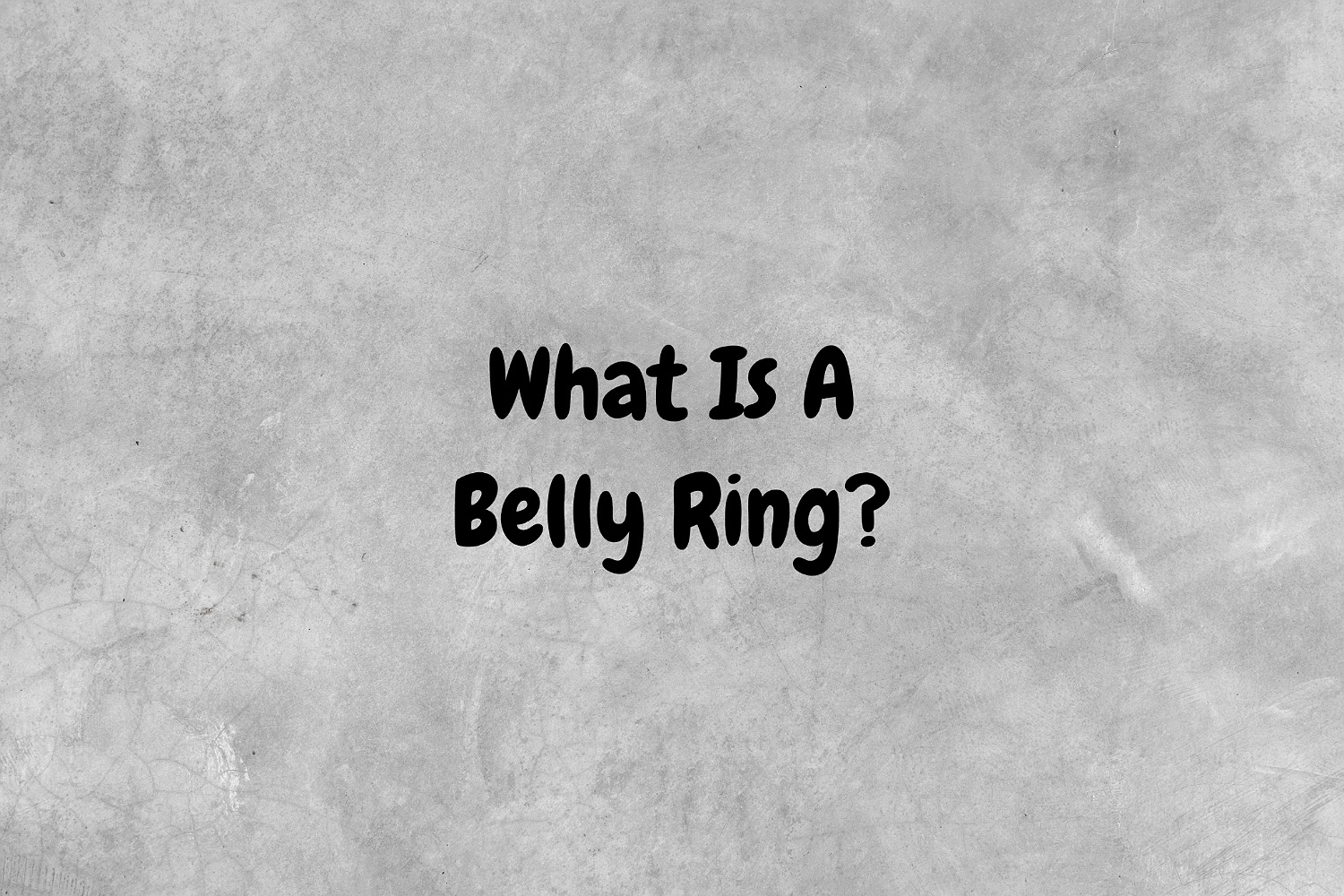
What Is A Belly Ring?
The belly button piercing, a ubiquitous symbol of self-expression and body art, has captivated cultures for centuries. But what is a belly ring? Enter the belly ring, a piece of jewelry specifically designed to grace the navel. This guide delves into the world of belly rings, exploring their types, materials, and everything you need to know to find your perfect navel adornment.
Belly Button Piercing VS. Belly Ring
While often used interchangeably, a belly button piercing refers to the actual hole created through the skin of the navel, while a belly ring is the piece of jewelry inserted into that piercing. This article focuses on the latter, exploring the fascinating world of belly button jewelry.
The Design Of The Belly Ring
A belly ring typically consists of two main components:
- The Barbell: This is the shaft of the jewelry that goes through the piercing. It comes in various lengths, with the standard size for initial piercings being around 7/16″ to accommodate swelling during healing.
- The Ends: These are the decorative elements on either end of the barbell. They can be simple balls, studs adorned with gemstones, intricate designs, or even dangle belly rings.
Here’s a closer look at some common belly ring designs:
- Curved Barbells: These barbells have a slight curve, which some people find more comfortable for navel anatomy. They may be especially suitable for those with deeper or “innie” navels.
- Bends and Spirals: These non-traditional designs offer a unique look but may require careful selection to ensure they conform comfortably to the navel anatomy.

Materials For Belly Button Rings
The material of your belly ring plays a crucial role in safety, comfort, and aesthetics. Here are the most common options:
- Implant Grade Titanium: This is the gold standard for initial piercings due to its biocompatibility, meaning it’s less likely to cause allergic reactions.
- Surgical Steel: Another popular choice, surgical steel is generally affordable and hypoallergenic. However, some people may still experience sensitivity.
- Gold (14k or higher): High-quality gold is a luxurious option, offering a warm glow and classic elegance. However, ensure it’s 14k or higher to minimize nickel content, which can cause allergies.
- Bioplast: This flexible plastic material is a good option for those with severe metal allergies or those who participate in activities with a high risk of snagging the jewelry. However, bioplast is not as durable as metal and may need to be replaced more frequently.
Remember: Avoid low-quality metals like nickel or brass, as they can cause irritation and allergic reactions. Always prioritize implant grade titanium or surgical steel for initial piercings.
Choosing The Right Belly Ring
Selecting the right belly ring involves considering several factors:
- Anatomy: Should I get a belly piercing? First, consult a professional piercer to assess your navel depth and curvature to see if you qualify for one. Also, this will help determine the ideal length and gauge for a comfortable fit.
- Healing: For initial piercings, opt for a simple design with smooth, implant-grade titanium or surgical steel to minimize irritation during the healing process.
- Lifestyle: Consider your daily activities. If you’re active or wear tight-fitting clothing, a snag-free design like a plain belly bar might be preferable.
- Aesthetics: This is where personal preference shines! Explore different styles, materials, and embellishments to find a belly ring that reflects your unique personality.
Safety First: Never attempt a self-piercing. Always visit a reputable piercer who uses sterile equipment and can guide you in choosing the right belly ring for your anatomy and preferences.
Caring For The Belly Bling
Once you’ve adorned your navel with the perfect belly ring, proper care is essential for optimal healing and to prevent complications. Here are some aftercare tips:
- Cleaning: Clean your piercing regularly (usually 2-3 times a day) with a saline solution. Avoid harsh soaps or rubbing alcohol, which can irritate the healing tissue.
- Listen to Your Body: Pay attention to any signs of infection, such as redness, swelling, or pus. If you experience any discomfort, consult your piercer immediately.
- Avoid Irritants: During healing, avoid swimming in pools or hot tubs, as these can harbor bacteria. Steer clear of harsh chemicals, including chlorine and certain lotions.
- Downsize Your Jewelry: Once the piercing has healed completely (typically 4-6 months), you can consider downsizing to a shorter barbell length for a more comfortable and secure fit. Consult your piercer for proper downsizing techniques.
In A Nutshell…
The belly button piercing and its accompanying jewelry have transcended fleeting trends. It’s a form of self-expression that allows individuals to showcase their individuality and adorn their bodies with art. With proper knowledge, careful selection, and dedicated aftercare, a belly ring can become a cherished body adornment for years to come. So, embrace the allure of the navel, find your perfect belly ring, and embark on a journey of personal expression!
Would you like to read further about belly button piercings? If so, check out our in depth article about everything belly piercings: Belly Piercings. Also, see other questions that people ask about belly button piercings: Belly Button Piercing FAQ.
Need to find a piercer? Check out the Association of Professional Piercers.

